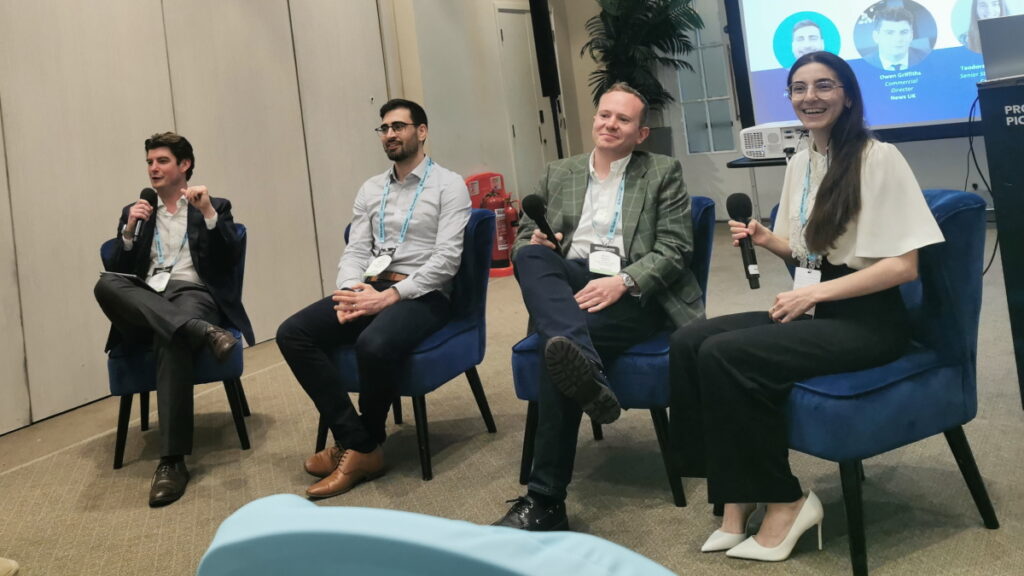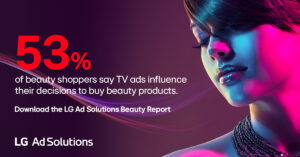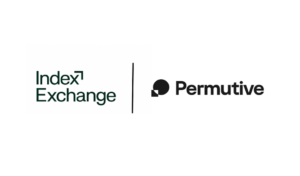As the industry slowly trudges toward the deprecation of Chrome’s third-party cookies (if that day ever actually comes), the entire ecosystem is attempting to come up with solutions to help navigate the privacy-first world.
This move away from identifiers and tracking users around the web has left publishers in a powerful position to reshape the industry and place themselves – and their data – at the forefront of digital advertising. But there are still many factors for publishers to consider when presenting themselves as the solution.
“If you think about privacy, it’s not just about the cookie demise, it’s actually also the GDPR implications,” said Nino Stylianou, Head of Programmatic Yield at Mumsnet, speaking at the 2024 Programmatic Pioneers Summit. “A lot of publishers being forced to really look at their CMP and how we are giving users the choice between reject all and accept all. So, a lot of my time over the last six months has been that strategy around consent. If users do go into that reject all, or equivalent, how do we give those guys some ads to actually generate some revenue?”
Alongside Mumsnet’s work around privacy, the parent-focused site is exploring ways that it can build out its first-party data segments further by drawing insights from other touchpoints, such as polls, newsletters, and panels, helping the publisher to boost its offering to agencies and clients.
At The Telegraph, first-party data has been at the forefront of its digital advertising strategy for a number of years, having stopped using third-party data around six years ago. Operating behind a paywall, the news publisher is able to collect first-party data in a consented way.
“We’ve done a lot of work with the actual ad experience. Given that we’re a paywall, we offer a relatively light experience. We’ve seen that operating one ad on a page at any given time actually increases engagement and attention,” said Owen Boyne, Head of Programmatic Sales at The Telegraph. “Two-thirds of the campaigns that we run are using that first-party data, so that helps inform campaigns, helps structure brief responses, and also gives insights back to advertisers.”
With this first-party focus, and despite still operating on the open marketplace, The Telegraph encourages agencies to seek out a direct relationship with it, so the agency is able to “better understand what the value of our inventory is,” added Boyne.
When it comes to these relationships, however, Teodora Tepavicharova, Director, Programmatic Strategy (UK) at Conde Nast, feels it’s extremely important that clients approach the partnership knowing exactly what they’re looking for in terms of measurement.
“We can provide our clients with different metrics, but I think something that’s very important is that – when the client reaches us – they need to know what they’re looking for,” said Tepavicharova. “We can propose solutions for higher CTR or higher attention, but… we expect the same level of professionalism from our clients that they want us to provide them.”
However, education is required to make this a reality, and certain sections of the industry are a less receptive to learning new things, according to Tepavicharova.
She explained: “[In older businesses], most of the commercial team members have sold print before, so they know print campaigns. Then they started selling digital direct buys, so they know print and direct buy. Now, we’re trying to educate them on how to sell programmatic and they’re like, ‘that’s technology – we don’t know anything about it.’ They don’t want to be educated. I think some agencies are the same. In my opinion, the ones who are very progressive, very innovative, and want to create and do the best for their clients will already know about programmatic and the latest technologies.”
Owen Griffiths, Commercial Director at News UK, who moderated the panel, believes that many of the problems around education come down to a “laziness” in the way the industry defines “programmatic.”
“As an industry, we’ve been a bit lazy. I think we use the term programmatic as a bit of a coverall. When we, as publishers, sit up here and talk about premium versus non-premium, what we’re really referring to is the vast swathes of the open web that might get us to a random audience buy with no data or signals attached to it, versus coming to us directly,” said Griffiths.
“PMPs, PGs, full on direct IOs – I would count all of those as programmatic because, ultimately, all of our digital buyers are served in some form of programmatic fashion. That’s really where I think we need to make the distinction, because we might have certain placements or certain data segments or facilitate different types of PCAs that we would only give up to those buyers rather than those coming to us in the open exchange.”
*News UK is a client of Bluestripe Communications, owned by Bluestripe Group, publisher of NDA











